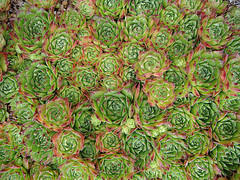For most people, the kitchen is one of the most popular rooms in the home, as you use it as both a gathering space and a place to create healthy meals throughout the day. While your kitchen withstands quite a bit of activity, these simple tips will show you how to keep it organized without much extra effort.
- Add wall-hanging storage systems. Hanging shelves and rods with hooks on the walls creates extra storage while freeing up precious floor and counter space.
- Add hooks under shelves. If you run out of room on shelves and in drawers, add hooks under the cabinets to hold things like mugs and utensils.
- Purchase wire refrigerator shelves. You can even get the inside of your fridge organized by adding store-bought shelves that simply sit right on top of the current shelves.
- Create dividers. To organize pans and cutting boards that frequently fall over, add vertical tension rods between shelves in your cabinets.
- Organize the spice cabinet. Corral spices by placing them into glass jars of equal height, then labeling them with what’s inside. You can even add a lazy Susan for easy access to each jar.
5 Essential (and Renter-Friendly) Storage Products for Small Kitchens [The Kitchn]
8 Smart Organizing Tips for the Kitchen [Tidy Mom]
26 Kitchen Organizing Tips from Real Cooks – Twitter Style [Simple Bites]








![By Alexandra constantin (Own work) [Public domain], via Wikimedia Commons](https://respage.com/cms/img/3482.jpg)


 Equal Housing Opportunity
Equal Housing Opportunity